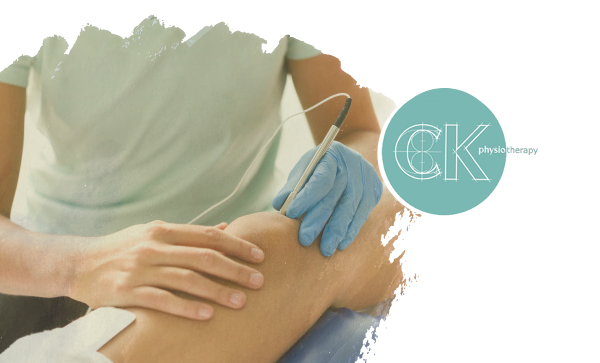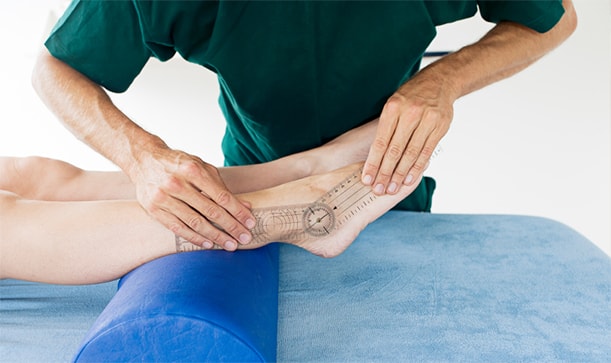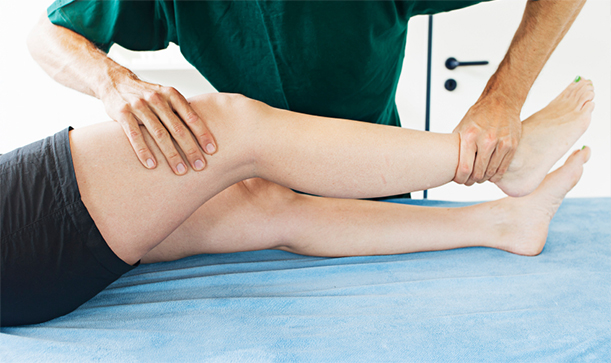CK Physiotherapy
AREAS COVERED
W7, W5, W13, Ealing, West London
57 Elthorne Avenue
Hanwell, W7 2JY
T: 020 8566 4113
M: 079 572 46185
E: info@ckphysio.co.uk
Location / Parking
We are situated in Hanwell, between Boston Manor Road and Northfields Avenue, south of the Uxbridge Road.57 Elthorne Avenue
Hanwell, W7 2JY
There are parking restrictions Mon - Fri 9-10am and 2-3pm. If you need a permit during this time please inform your therapist when you arrive. There are no parking restrictions at other times.
Opening Times
Please phone the number above during working hours to make an appointment. Our reception service will be happy to book your session.
London Underground / Bus Services
London Underground
10 min. walk from Boston Manor Tube Station.
15 min. walk from Northfields Tube Station.
Bus Service
E8, E3, E2, 207, 607, 83
Request Call Back
Our Blog
What is Electrotherapy Treatment and How Does It Work
By: BryanKelly (Psst, View author in Google Plus) Date: Aug 18th, 2020When you hear the term “electrotherapy” it may at worst bring to mind images of people with a mental health condition undergoing traumatic electroshock treatments to the brain, or Frankenstein’s monster being brought to life.
However, far from these Hollywood induced nightmares, electrotherapy is a gentle and harmless treatment method used by physiotherapists to help repair soft body tissues and alleviate pain.

The essence of electrotherapy is directing small currents of electricity through a patient’s skin, and by doing so either encourage muscles to heal or to block the electrical neural signals that tell the brain to experience pain.
There are various forms of electrotherapy which can be used very effectively to treat acute or chronic pain or to stimulate nerves and muscles into healthier function. These include:
• Transcutaneous Electrical Nerve Stimulation (TENS)
• Electrical Muscle Stimulation (EMS)
In these different forms, electrotherapy has a wide range of benefits, besides reducing pain and healing injuries. For instance, it’s non-invasive and drug-free, mostly painless and produces minimal side effects. It can also be highly effective.
For these reasons, electrotherapy treatment is one of the most common methods physiotherapists use in daily practice.
How Does Electrotherapy Work?
Electrotherapy can be used to treat several complaints and conditions. These fall into the two main categories of tissue repair and pain relief.
Tissue repair conditions
Inducing electric currents in soft tissues can help increase local blood flow and stimulate muscles. After all, muscles move due to electronic signals from the brain and nervous system so that an external current can induce similar effects.
Health conditions of this kind that can be treated with electrotherapy include:
• Oedema (a watery fluid that collects in tissue)
• Muscle wastage or atrophy
• Limited range of motion
• Limited blood circulation
Musculoskeletal injuries such as:
• Tennis elbow
• Jumpers knee
• Carpal tunnel syndrome
• Plantar fasciitis (inflammation of the foot)
• Shoulder injuries
Pain relief
As mentioned, applying electrical signals can block or slow down the “Pain Gate” neural transmissions to the brain from affected areas of the body. Electrotherapy has also been found to encourage the release of endorphins, the body’s painkilling hormones, which increases the overall effect. Examples of pain conditions physiotherapists can treat with electrotherapy include:
• Migraines
• Fibromyalgia
• Nerve pain
• Pain from musculoskeletal injuries
• Morning stiffness
• Arthritis
• Post-surgical pain
• Neck pain and stiffness
• Lower back pain
It’s important to note that electrotherapy treatment should not be done near the heart or in people with pacemakers or heart conditions, around the throat to avoid lowering blood pressure, on pregnant women around the foetus or some other conditions.
Electrotherapy treatment methods
As there are several types of physiotherapy electrotherapy treatments, there are also different methods by which to deliver it. However, the general principles are the same regardless.
3. Ultrasound
Electrode pads
Most often, electrode pads are attached to the skin around the affected area, and a battery-powered device is connected to run a mild current between them. Electrodes can be self-adhesive, or they are affixed with surgical tape.
Electroacupuncture needles
In cases of electroacupuncture needles inserted into the skin and these themselves are charged. With therapeutic ultrasound, a transducer is used with a gel instead of electrode pads.
Ultrasound
Ultrasound is also slightly different from other electrotherapy methods in that it transmits high-frequency sound waves into the body rather than electric signals. Sessions tend to last anywhere from a few minutes to an hour or so. Each session depends on the severity of the injury or pain of the patient.
Electrotherapy can produce electrically induced heat as a relaxation method for muscles. Other therapeutic mechanisms involve increased lymphatic flow, greater mobility of proteins and blood cells, protein synthesis, management of incontinence through strengthening musculature around the pelvis, and re-education of muscle movement through electrical stimulation.
Risk factors
Certain conditions prevent or restrict the use of electrotherapy, as described above. However, for those who are able to undergo this type of physiotherapy treatment, there are generally very few side effects, and those that do occur are usually mild.
Here are a few issues to be aware of in more detail:
Skin irritation
Often due to the tape or adhesive used to apply the electrodes rather than the treatment itself, some people have allergic reactions, redness or rashes after a session of electrotherapy. If you have particularly sensitive skin, let your physiotherapist know before starting a course. It is also not advisable to use electrotherapy methods on open wounds or recent burns or scars. The aim is to target the muscle or soft tissues beneath the skin, not the skin itself.
Pain or discomfort
Overusing electrotherapy can leave a burning sensation on the skin. A warming feeling or slight pain or discomfort can sometimes be felt during regular application of the treatment. This is normal, but it is worth knowing that some methods or higher intensities can increase discomfort. However, higher levels of discomfort during the procedure are sometimes experienced to achieve longer-term relief from the pain being treated.
Cardiac arrhythmia
The heart functions like any other muscle – by fibres twitching with small, controlled electrical signals from the brain and nervous system. If a pacemaker is installed, this substitutes for that stable mechanism for keeping the heart pumping. However, introducing an external electrical wave through electrotherapy can interfere with this signalling and cause the heart to beat irregularly. That is why physiotherapists are specially trained to position electrodes properly, and you should always inform your therapist of any heart condition before treatment begins.
Foetal damage
Pregnant women are advised to avoid electrotherapy altogether if possible. Though foetal damage is generally a low risk since the electric waves are quite low powered, there are other, less risky interventions that your physiotherapist can advise in place of electrotherapy.
Besides these risk factors, electrotherapy is generally considered very safe. In the USA, the Food and Drug Administration (FDA) approves electrotherapy devices for safe use.
When to Seek Electrotherapy Treatment
A qualified physiotherapy clinic can advise a patient when to use different kinds of electrotherapy in individual cases. For specific complaints and situations, it’s worth investigating the possibilities of treatment.
Electrotherapy can alleviate chronic and acute pain without the use of opiates. Painkilling drugs such as morphine or over-the-counter tablets can be effective, but there is always a risk of addiction and overconsumption, especially in cases of long-term pain.
Similarly, in cases of prior addiction or other medical conditions where opiates cannot be taken, electrotherapy is a popular alternative.
Any muscular pain, sports injury, stiffness, ligament or tendon damage or recovery from an operation are all excellent instances when seeking electrotherapy. In the hands of a trusted, professional physio, it can lead to quicker recovery and alleviation of discomfort.
Conclusion
If you are looking for a trusted physiotherapist in London who will be able to advise you on a course of electrotherapy at a reasonable cost, contact CK Physio.
With years of experience, the physiotherapists in our Ealing practice will be able to give you more information in a detailed consultation and assess which form of electrotherapy will be most effective for your specific circumstances.
Call us on 020 8566 4113 or send us an email info@ckphysio.co.uk for more information.





